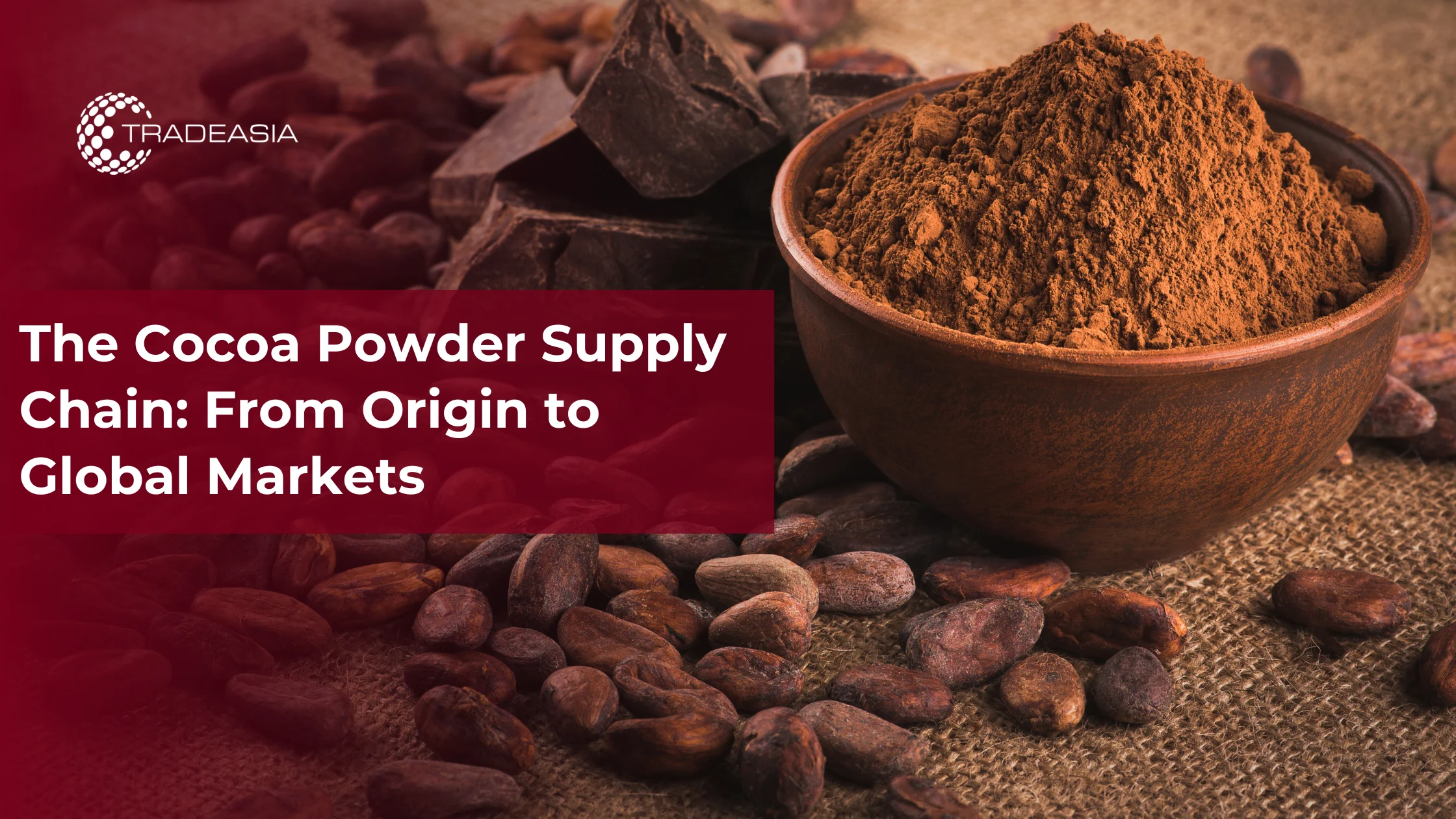Cocoa powder, a fundamental ingredient in chocolate, baked goods, beverages, and confections, passes through a sophisticated supply chain involving multiple stakeholders across continents. Understanding this supply chain offers insights into the complexities of production, quality control, sustainability, and global trade dynamics.
Cultivation and Primary Processing: Foundation of Quality
The cocoa supply chain begins on farms in tropical regions, with West Africa (particularly Ivory Coast and Ghana), Latin America, and Southeast Asia as leading cocoa-producing areas. Most cocoa is grown by smallholder farmers who cultivate cocoa trees in agroforestry systems. The process starts with harvesting mature cocoa pods, which are then split open to extract the cocoa beans.
The beans undergo a crucial fermentation process lasting several days, developing the characteristic chocolate flavor and reducing bitterness. After fermentation, the beans are dried to a specific moisture content to preserve quality and prevent mold growth. These post-harvest steps significantly influence the final cocoa powder’s quality and flavor profile.
Once dried, the beans are sold to processors who roast them to further develop taste. Roasted beans are cracked and winnowed to remove shells, yielding cocoa nibs. The nibs are ground into cocoa liquor, which is then pressed to separate cocoa butter and cocoa solids. The solids are ground into fine cocoa powder, available in both natural and alkalized (Dutch-processed) forms, each with different acidity and flavor characteristics.
Global Transportation and Market Trade
Cocoa powder is transported globally via sea freight, often from port hubs near production regions to industrial centers in Europe, North America, and Asia for further processing or direct use in food manufacturing. Packaging plays a vital role in maintaining product quality during transit, with stringent standards on moisture protection and contamination prevention.
The global cocoa powder market is influenced by factors such as crop yields, geopolitical stability, demand fluctuations, and climate change. Certification systems like Fairtrade, Rainforest Alliance, and Organic certifications have become important in global markets to assure sustainably and ethically sourced cocoa products, providing market access and premium pricing opportunities.
Supply Chain Challenges and Innovations
Key challenges include the volatile nature of cocoa prices, aging farming populations, climate-related stresses such as droughts and pests, and social concerns including child labor and fair wages. Many cocoa-producing regions face infrastructure deficits which impact efficient supply chain operations.
In response, industry stakeholders are investing in farmer education programs, sustainable farming techniques, and community development projects. Technological innovations such as blockchain for traceability, remote sensing for crop monitoring, and AI-driven supply chain analytics are being adopted to improve transparency, efficiency, and sustainability.
The growing consumer demand for ethically sourced, high-quality cocoa powder is driving companies to integrate comprehensive sustainability strategies, from farm to shelf. Enhanced cooperation between farmers, processors, traders, and consumers is forging stronger, more resilient supply chains that can better withstand environmental and market pressures while ensuring equitable benefits for all participants.

Leave a Comment